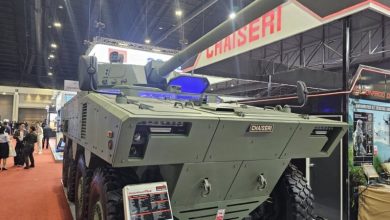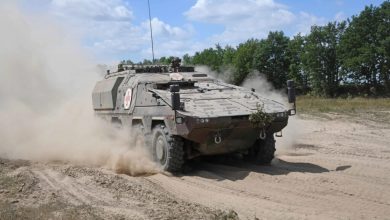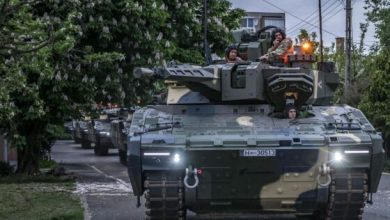Finland’s Patria signs deal with Lockheed Martin to assemble F-35 fuselages

Last year the Finnish Air Force announced plans to purchase 64 of Lockheed Martin’s F-35A multi-role fighters in a deal worth around 8.4 billion euros.
Finnish defence equipment maker Patria and US aerospace firm Lockheed Martin have signed the first Memorandum of Agreement for Patria to assemble fuselages of F-35 fighter jets.
In a press release issued on Monday, Patria’s F-35 Chief Program Officer Petri Hepola called the agreement “a significant milestone for Finland’s F-35 programme and Patria.”
“The large-scale assembly of 400 forward fuselages will take Patria’s industrial capabilities to the next level. The initial cooperation with Lockheed Martin has worked extremely well, which has built a great basis also for the future collaboration,” Hepola said.
Patria said that its participation in the F-35 programme will boost Finland’s security of supply, help the national economy, and “open Patria an access to the global F-35 supply chain.”
Last year the Finnish Air Force announced plans to procure 64 Lockheed Martin F-35A multi-role fighters in a deal worth around 8.4 billion euros.
Lapland will be the first region to receive the “next-gen” fighter jets.
The new fighters are meant to replace Finland’s ageing fleet of Hornet Fighter jets, which are set to be phased out by 2030.
Patria is majority owned by the Finnish state with more than 3,000 employees in countries including Finland, Sweden, Norway, Belgium, the Netherlands and others.





